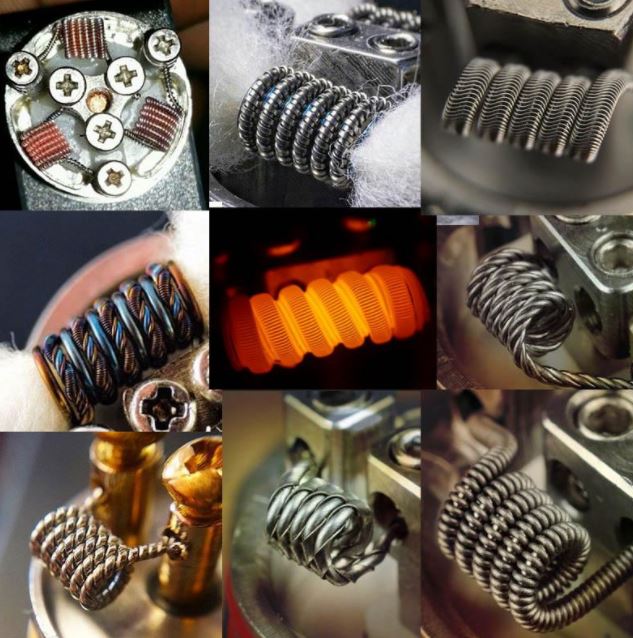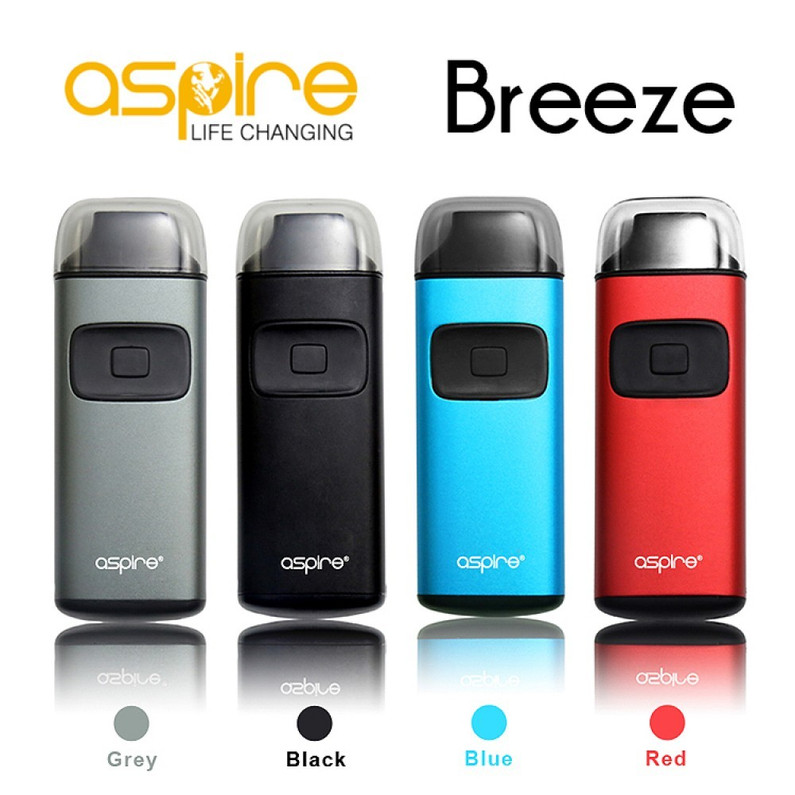Not All Vape Coils Are Created Equally

In the world of vaping, the options before us seem endless as the industry explodes to meet the demand of over 9 million regular users. With so many different setups to choose from, deciding what fits your needs can be anything but simple, and if you aren’t careful, the coils and device you choose may not fit your needs or perform as you expected. You could end up spending a lot more money in the long run trying to figure out what works best for you through trial and error. Different coils produce unique results depending on how they are made and what they are made to do, but figuring out these differences can be a headache. This article hopes to ease your burden by explaining how and why not all vape coils are created equal.
The main difference between an electronic cigarette and a MOD is that MODs allow for more control over the amount of power they put out, and produce substantially more power than vape pens or e-cigarettes. From a range of 20 watts all the way up to 200 watts, MODs allow users to further customize their experience by being compatible with a much larger selection of different atomizers and coil setups. Vape pens and e-cigs usually have a set power output, with a few allowing the user to adjust between two or three voltage settings. The power limitation of these devices restricts the user to a small “ego” style atomizer with coils that put out much less vapor. To figure out what type will work best for you, we need to discuss the different types of e-liquids these setups need to be effective.
With a MOD, the coil configurations are nearly endless. Largely, the coils in these setups are geared towards dense vapor production and huge vapor clouds. To this end, vapers generally prefer a liquid heavy in Vegetable Glycerin (VG), as this is the substance that produces the thick plumes of vapor. These coils produce the desired flavor through the sheer volume of vapor they put out. For smaller setups like the coils found in pens and e-cigs, less vapor production means that the liquid needs to have a higher concentration of Propylene Glycol (PG), to carry enough flavor to satisfy the user. PG is the flavor carrying agent in e-liquids that different devices rely on for a less viscous juice that is more easily absorbed by the type of wicking the smaller coils use, which we will discussed in a bit. When choosing a liquid, be sure to consider the type of vapor production your coils are designed for. Get a juice with a high amount of VG for the more powerful setups. Most prefer a max VG juice with little to no nicotine for coils set for large vapor production, and a 50/50 juice with more nicotine for the smaller setups to balance the amount of flavor and nicotine respective to the amount of vapor produced. Going back to viscosity, another key difference in coils is the type of wicking material they need.
Electronic cigarettes usually use some variant of silica as their main wicking material. Since these devices use less power and produce less vapor, the need for rapid absorption is traded for a material that lasts longer and holds up more consistently. The coils we use on our MOD setups require a wicking material that not only absorbs thicker liquid faster, but also holds more of the juice to withstand larger pulls at a higher wattage. Cotton provides larger coils the surface area required for bigger plumes, and much of a coils production depends on this surface area. The larger the surface area the more juice the coils come into contact with, resulting in larger clouds.
The type of coil setup you use will determine what batteries you need to withstand the varying power loads these setups need to be safe and effective. For sub-ohm builds, or coil builds with a resistance of less than 1 ohm, a considerably higher battery capacity is needed to withstand the large amounts of power. Whether the coils are Clapton, dual parallel, or mesh these builds use a lot of power very quickly. Most choose to use 18650 batteries for this purpose as they can handle the load while still providing a decent amount of battery life. Smaller coils use less power so a lot of people choose them for how small the batteries can be, and how long those batteries can last throughout the day powering such small coils.
The type of coil you choose all comes down to its purpose. For those looking to chase clouds and get as much vapor production as possible, look to a setup that heats up as quickly as possible yet still maintains enough surface area to allow for maximum exposure of your juice. In our experience dual-parallel builds work nicely to provide a large surface area while still keeping a low resistance. For those looking for a denser, thicker cloud, a Clapton style or mesh coil will provide the most surface area possible. It takes longer for these coils to heat up because of the amount of material used in the making of the coil so a longer draw is required, but the density and flavor of the clouds they are able to produce is unmatched.
Finally, for those just coming off cigarettes, a smaller coil setup that produces more manageable clouds will more closely mimic the experience of puffing on a cigarette. The e-juice used in these setups can contain a higher level of nicotine to offset the lack of vapor production.
The coils we use almost entirely determine the type of experience we get out of our devices, so it is important to keep these factors in mind when considering what type of coil best suites you. If you feel unsatisfied with any aspect of your vape remember that there is an enormous array of atomizers and coils to choose from, and choosing the right coils for your specific need is the key to staying satisfied with your vaping experience and away from cigarettes.
Recent Posts
-
ASPIRE BREEZE STARTER MOD KIT | ASPIRE
Introducing the all new Aspire Breeze. The Breeze is our latest all-in-one device that employs a com …Jul 30th 2017 -
How Long Should Vape Juice Stay in Your Tank?
Many vapers aren't sure how long they can safely store their e-liquid inside of a vape tank. Ma …Jul 30th 2017 -
Glass Tanks When Vaping- Are They Worth it?
Many vapers can find it frustrating when a vaping session just doesn’t seem to go that well. Someti …Jul 19th 2017




